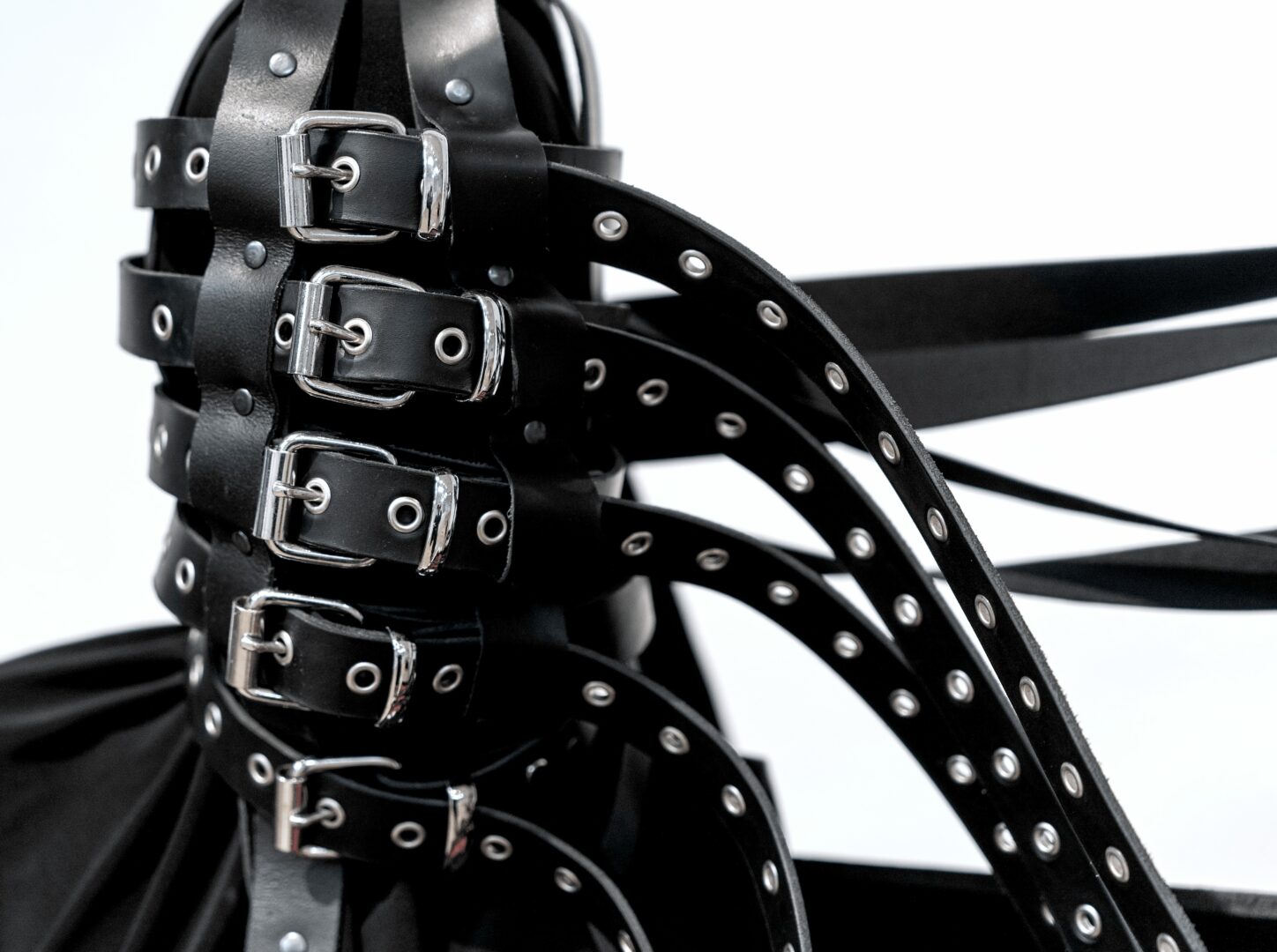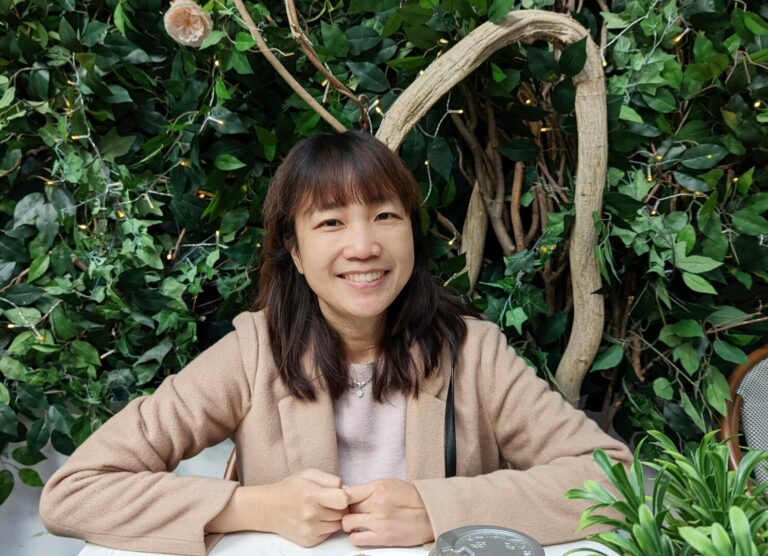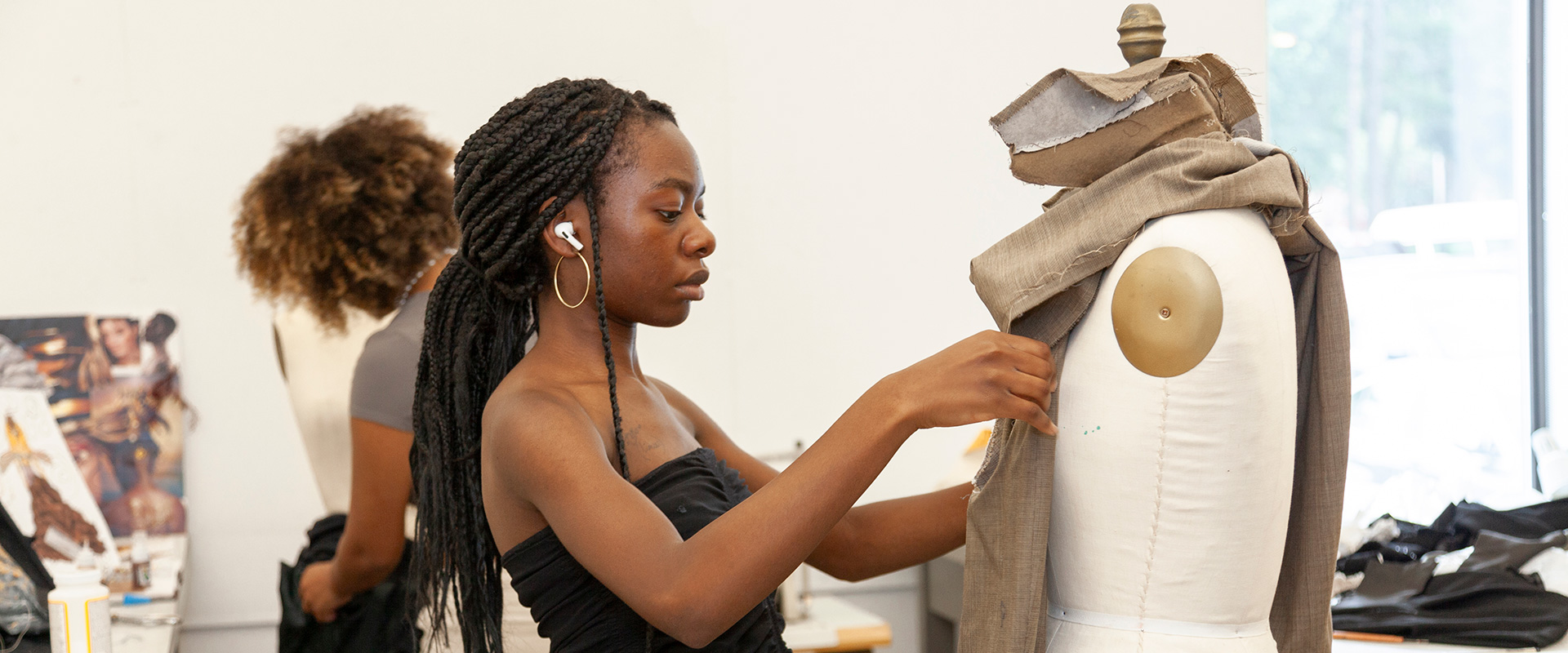We were lucky to catch up with Hyo Jae Kim recently and have shared our conversation below.
HYO JAE, thank you so much for taking the time to share your lessons learned with us and we’re sure your wisdom will help many. So, one question that comes up often and that we’re hoping you can shed some light on is keeping creativity alive over long stretches – how do you keep your creativity alive?
I keep my creativity alive through frequent visits to museums, which serve as vital sources of inspiration. Historical archives, references, and collections provide the foundation for many of my initial ideas, particularly in relation to my thesis. My research explores the histories of art and medicine in the Victorian era and early 20th-century Europe, focusing on what I term “Hospital Aesthetics.” Additionally, I engage with practice-based research to contribute to case history in medicine, intersecting with psychotherapy, health and care, and the critical medical humanities.

Let’s take a small detour – maybe you can share a bit about yourself before we dive back into some of the other questions we had for you?
I am an interdisciplinary artist working across video, drawing, and performance, as well as an independent researcher. My artistic practice explores the power dynamics of care and cruelty, often intertwined with themes of skin fetishism.
My research examines the entangled histories of art and medicine in the Victorian era and early 20th-century Europe, focusing on what I term “Hospital Aesthetics.” I also investigate the contributions of practice-based research to case history in medicine, engaging with psychotherapy, health and care, and the critical medical humanities.

If you had to pick three qualities that are most important to develop, which three would you say matter most?
Dream your own aesthetics, allowing your unique perspective to shape your creative vision. Design them through sketches or writing, using your basic tools to bring abstract ideas into tangible forms. Dive into historical archives to enrich your understanding, drawing inspiration from past movements, techniques, and cultural shifts.
The three most impactful qualities in any creative journey are imagination, craftsmanship, and historical awareness. Imagination fuels originality and personal expression. Craftsmanship refines your ability to execute ideas with precision and depth. Historical awareness provides a foundation, helping you contextualize your work and push boundaries while respecting traditions.
For those early in your journey, nurture your imagination by exploring diverse inspirations, experimenting fearlessly, and embracing curiosity. Develop craftsmanship through consistent practice, refining both technical skills and conceptual depth. Build historical awareness by studying the greats, questioning conventions, and weaving past influences into new creations. Creativity thrives at the intersection of vision, skill, and knowledge—immerse yourself in all three.

Thanks so much for sharing all these insights with us today. Before we go, is there a book that’s played in important role in your development?
The book I’m currently holding is Krafft-Ebing, Richard von. Psychopathia Sexualis. Ferdinand Enke, 1886. This work serves not just as a case study reference book, but as a narrative that explores the sexual fantasies, desires, and suffering of individuals in a tabooed Victorian society. Its richness offers deep insights into the intersection of human sexuality and societal norms, which has sparked my interest in exploring the complex power dynamics between art and medicine. Through this lens, I am drawn to how visual arts—such as drawing, sculpture, and performance—can interact with medical knowledge. Moving forward, I look forward to uncovering medical references that can inform and enrich my artwork, while expanding my understanding of both artistic and medical research.
Contact Info:
- Website: https://www.kimhyojae.com
- Instagram: @cxxion_cxxion

Image Credits
Personal Photo credit
– Dear the John II, 21 x 29.7cm, colored pencil on paper, 2024
Additional Photos (In Sequence)
– Dear the John I, 21 x 29.7cm, colored pencil on paper, 2024
– Kissing Belt, 2024, Leather, fabric, wood and metal, object, each : 30 × 140 × 20 cm, object (Black box): 30 ×100 × 30 cm
– Kissing Belt, 2024, Pen on paper, 29.7cm x 21cm
– Exhibition View of Kissing Belt
so if you or someone you know deserves recognition please let us know here.




